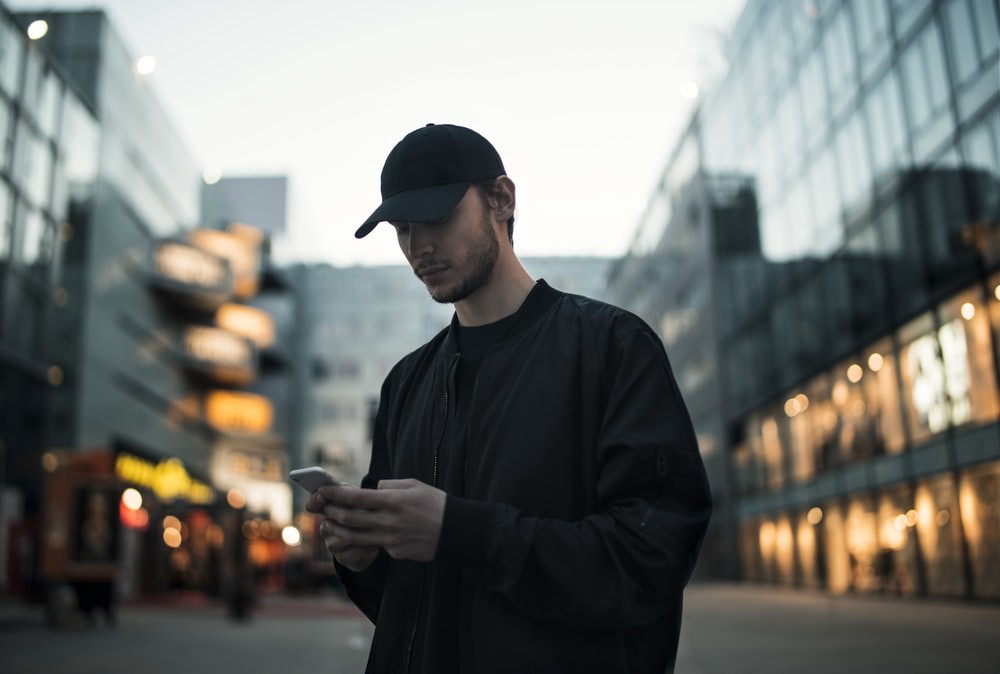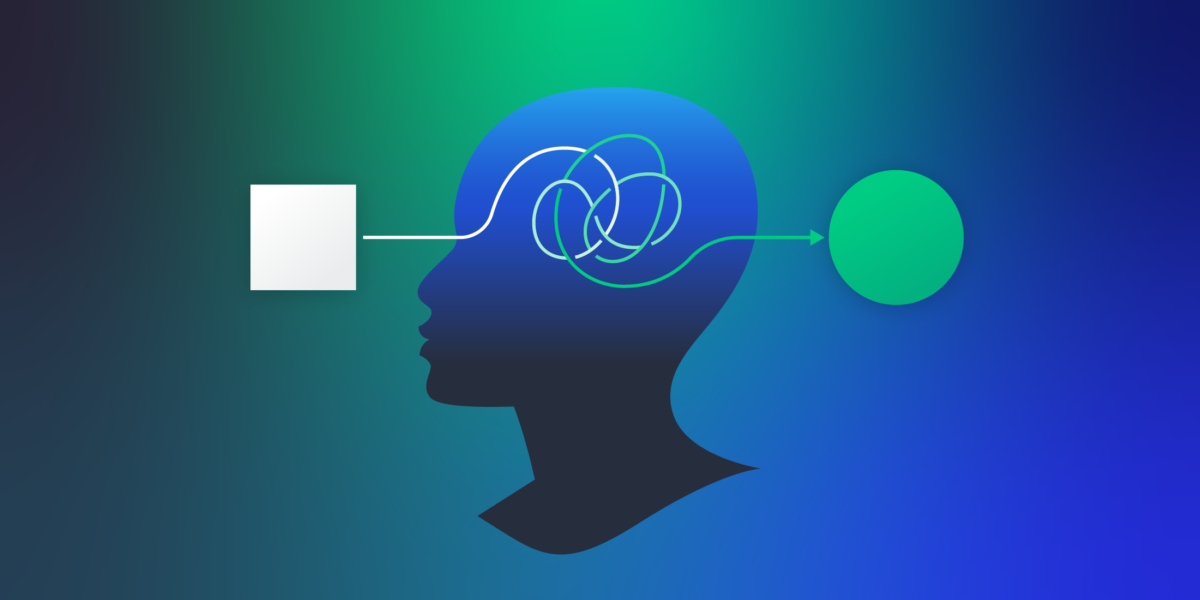Given that we are transitioning into a world where most of our interfaces with technological products and services are digital, User Interface and User Experiences design has never been more important. These Elements are the fundamentals of owning a client’s attention and the success of the business. The pressing issue designers have to combat is thanks to the fast Technological advancement and the continuously rising user Expectations. In this blog, we will have a look at some of the most significant trends and forecasts that will influence the UI/UX design, within the next ten years.
Key Trends Shaping the Future of UI/UX
- Artificial Intelligence and Machine Learning
Consolidation Self-organization is one of the guiding principles of UI/UX design at the moment and it is stimulated by AI and machine learning. These technologies identify the actions of the end user in ways that help to increase both satisfaction and engagement. For example, today’s viewers are now introduced to a personalized video streaming service from companies such as Netflix who determines what content one may like based on inputs from its machine learning algorithms.
2. Exploring Recovery through AR/VR
Benett in their article on the future of UI design shows how incorporation of Augmented Reality (AR) and Virtual Reality (VR) is revolutionizing UI design in all fields. Both of these technologies are integrated into applications that provide users with rich interactions. In the field of education, it can facilitate creation of interactive learning environment, in retail VR can be used for try-on or product visualization which increases customers ‘engagement.
3. 3D Design Elements
Originally, 3D was a part of games but now it makes its way into other areas, such as e-commerce, social networks, and so on Having 3D elements, a UI becomes more effective and pleasing to the eye, and users are more likely to engage with it.
4. Voice User Interfaces (VUI)
Since the development of the smart devices, voice-controlled interaction is coming more into the spotlight. VUI design is all about defining the natural and logical voice commands and voice replies that will improve the users’ experience. Something that can be expected as the user adapts the voice search the interface will be compelled to do so as well.
Evolving Design Aesthetics
1. Neomorphism and Glassmorphism – The two trends in Neomorphism and glassmorphism are relatively new in the market but provide the unique attraction to the users. Neomorphism establishes a semi-gloss appearance of a smooth three-dimensional object which improves usability because of depth perception, on the other hand glassmorphism gives elements the appearance and feel of layers with distinctive blurring effects which gives a modern feel.
2. Minimalism and White space utilization- It is crucial to point to the significance of minimalism. Sleek and minimalistic styles ensure that significance’s is given to the text with objects and designs being used in a more simplistic way. Whitespace is a very important part of the contemporary UI since it helps establish a successful hierarchy and facilitates the effective focus on content material.
Personalization and Adaptive Interfaces
1. Dynamic User Interfaces- Dynamic UIs are those who change their behavior based on the user preferences and other factors. Data analytics can be used in conjunctions with design to ensure that the interfaces being provided are adaptive to the users thus enhancing the satisfaction levels.
2. Micro-interactions- which in its simplest form include animating elements or feedback mechanisms are respectively crucial in improving user experience. Well-designed micro-interactions can help users’ complete specific tasks or quietly inform users of actions performed in a given context.
Accessibility and Inclusive Design
Accessibility is a very critical part of creating a forward-thinking UI/UX which would allow impaired users use your digital products. The goal of making the web accessible is achieved by using tools such as screen readers and ensuring colors contrast.
Data-Driven Design Decisions
The use of analytics in design enables people to make sound decisions with appropriate solutions available. A/B Testing assists designers to identify the users’ response on the designs since it presents two similar design features and indicates which gains better results. What I like about this method is that it becomes easier to bring efficient improvements to UX.
The Role of Sustainability in Design
As awareness of environmental issues grows, sustainable design practices are becoming increasingly important in UI/UX. Designers can contribute by choosing eco-friendly materials, optimizing energy consumption in digital products, and promoting sustainability through their designs.
Conclusion
The future of UI/UX is vibrant and filled with potential as technology continues to evolve. Designers must embrace these trends, AI integration, immersive experiences, and dynamic interfaces to create innovative solutions that meet user needs effectively. Continuous adaptation will be key to thriving in this ever-changing landscape.
By staying informed about emerging trends and utilizing data-driven insights, designers can ensure they remain at the forefront of the industry.
- How to Effectively Use User Testing Feedback in Design Iterations - February 11, 2025
- The Future of UI/UX: Predictions for the Next Decade in Design - November 13, 2024
![]() Give feedback about this article
Give feedback about this article
Were sorry to hear about that, give us a chance to improve.







